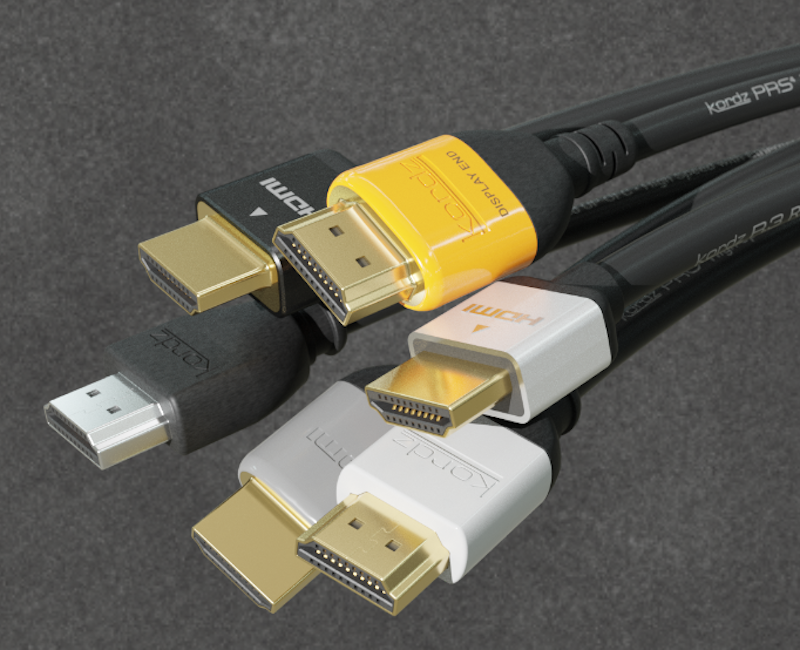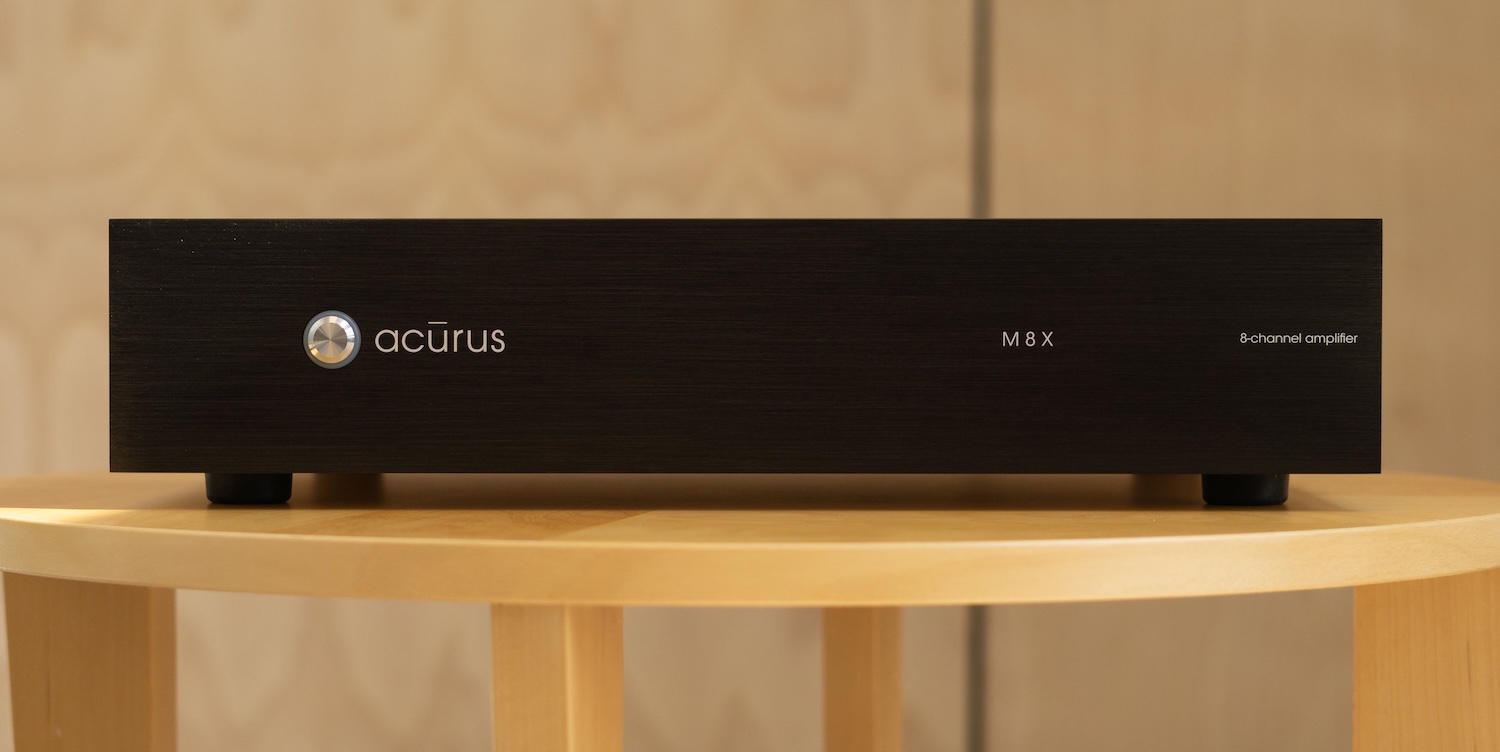The second in a series of Kordz’ articles on HDMI cable explores the progression of HDMI and explains the significance behind the name of each iteration.
Unlike many technologies that follow a simple, logical pattern of identification as each new version is released, the nomenclature of HDMI cable takes a much different approach. Instead of Version 1.0, 2.0, 2.1, and so forth, these cables goes by many, relatively indistinguishable names.
This can muddy the waters significantly for integrators specifying HDMI cables for their projects. Will “High-Speed” cable suffice, or will “Ultra-High-Speed” be a better choice? With each new iteration, they become increasingly complex to comprehend; the names assigned to each version only add to the confusion.
To help AV integrators make sense of it all and better understand the progression of this ever-evolving connectivity solution, Kordz has authored Part 2 in a series of comprehensive, insightful guides to HDMI. Part II — HDMI Demystified: Understanding the Cable Versions explores the technological advancements of HDMI and delves into the names behind each offering.
Related: Kordz Demystifies HDMI Cable Versions in New Article
From the foundational “Standard” cable introduced in 2003 to the support of 8K via ‘Ultra High-Speed’ cable, this venerable AV connectivity solution caters to a wide range of specific needs and budgets. Understanding the Cable Versions summarizes the capabilities of each of the many HDMI options available today, providing integrators a handy reference when specifying these cables for their AV projects.
“HDMI cables enhance our entertainment experiences, so choosing the most appropriate type is a crucial part of an integrator’s skillset. Whether a customer needs basic connections or desires high-definition perfection, there’s a specific HDMI solution for every customer need and application,” says James Chen, Kordz managing director. “The trick is selecting the best HDMI cable for the job and budget, so we created the latest chapter of our HDMI Demystified series to simplify that process. It gives integrators confidence in their selection, optimizes AV performance, and ensures greater customer satisfaction.”
To subscribe to future chapters of Kordz’ HDMI Demystified series, or for more information about Kordz, its comprehensive range of professional-grade connectivity products, and free integrator resources, visit www.kordz.com.








![ecobee premium airzone control The ecobee Smart Thermostat Premium. [Photo credit | ecobee]](https://restechtoday.com/wp-content/uploads/2025/06/ecobee-premium.jpg)
